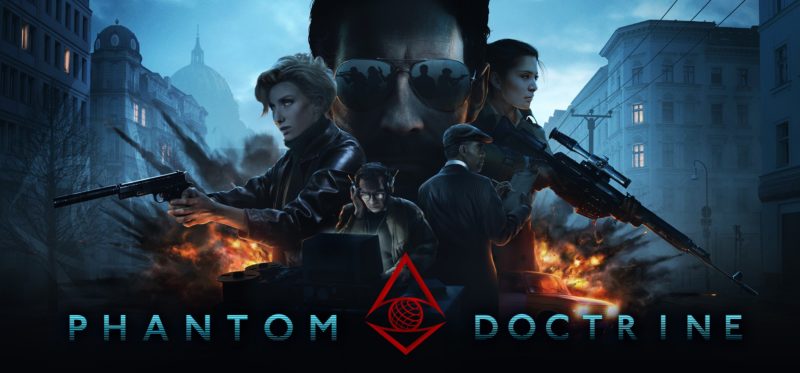
Phantom Doctrine is a game about managing a team of spies and their equipment while trying to unravel a global conspiracy. Set during the Cold War, CreativeForge Games’ tactical espionage thriller taps into the surprisingly uncommon genre hybrid of stealth and turn-based strategy. Uncommon because many turn-based strategy games emphasize either small-scale tactics or macro-level resource management while minimizing the other. Surprising because the world of spies, informants, and black ops has been a staple of Hollywood and gaming entertainment for decades and lends itself well to careful strategy on the macro and micro levels. One would think a game like Phantom Doctrine would have appeared sooner in our modern gaming age, especially given its surface-level resemblance to Firaxis Games’ 2012 remake of XCOM: Enemy Unknown.
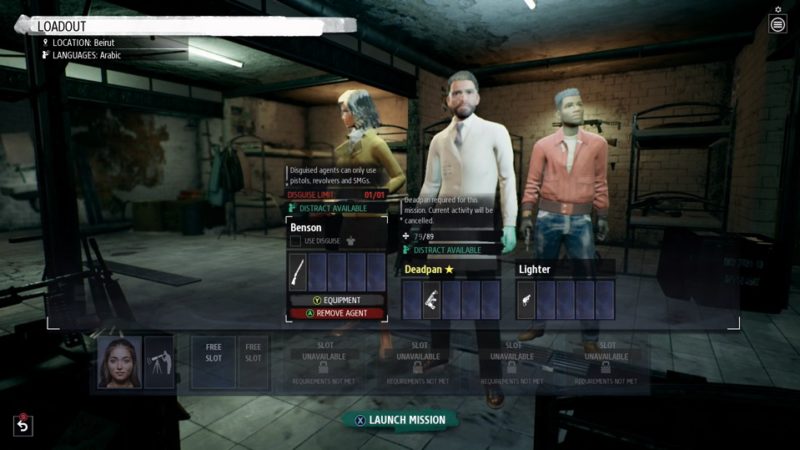
This is not to say that Phantom Doctrine is the great spy strategy game you never knew you wanted, though. The game is riddled with technical issues and a couple puzzling design choices that flatline its entertainment value all too quickly. On the conceptual level, however, Phantom Doctrine is as ambitious as it is creative. The game’s shortcomings are more tragic than aggravating; the potential for greatness is there but all too far from the mark.
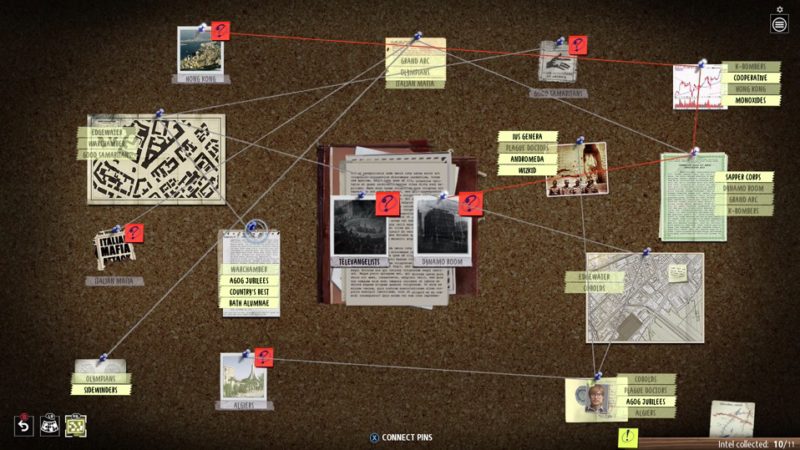
Phantom Doctrine immerses itself in a narrative concerning stolen nuclear secrets and shadowy wars between spy factions during the Cold War. It’s about as full of twists and convoluted plotting as a Tom Clancy novel that ate two of its brothers, but lacks the compelling characters to make it more engrossing. The game asks the player to create a unique secret agent at the start, but the action and story rarely draw in close enough to make any meaningful connection. The created character is just another body to be ordered around by the player, with the added disadvantage of being an essential agent that causes a game over if killed.
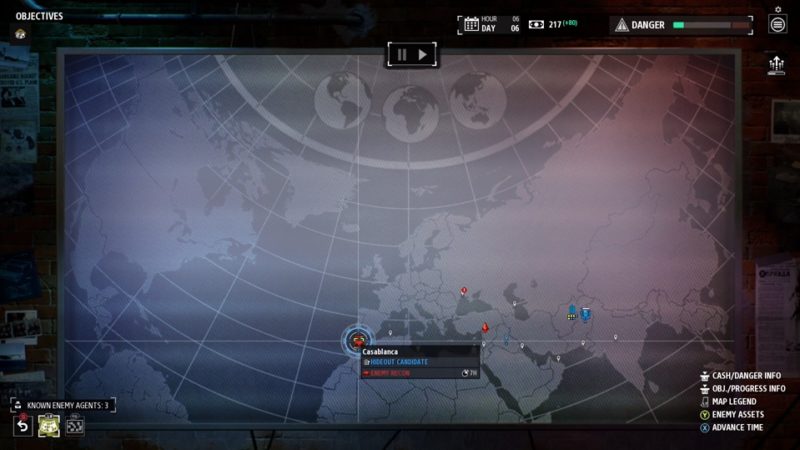
There are three main phases to Phantom Doctrine’s gameplay: preparation, infiltration, and combat. Preparation involves base management, where you can recruit new agents, build new facilities, forge money, build equipment, examine recovered documents from missions, and plan the positioning of your agents based on random events that crop up on the world map. This phase is interesting for how it demands the player balance their limited number of agents between many possible priorities and threats. As time passes, enemy agents will carry out their own operations, usually aimed at discovering the player’s hidden base so they can assault it. Players need to choose whether to counterattack enemy operatives in the field to interrupt their plans, or maintain focus on gathering intelligence and pursuing the main storyline missions. One of the main downsides of the preparation phase is that the Analytics facility, where intelligence is deciphered to unlock new missions, agents, etc., has no business being player-controlled. Documents and photos are pinned to a corkboard and the player connects the keywords of each together until the game declares a meaningful connection has been made. The player does nothing except manually connect the pins together, there’s no thought involved, just an attempt to immerse the audience in the idea of what deciphering intelligence might look like. It means well but is completely pointless tedium from a gameplay perspective.
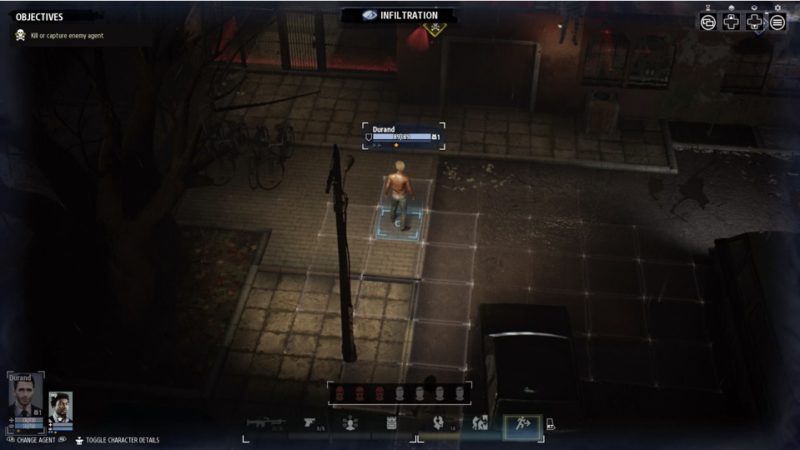
Infiltration and combat occur only during missions themselves. Infiltration is the stealth portion where the player’s assigned agents haven’t been compromised yet. Missions occur in multi-level maps where agents and enemies can take actions and/or move a limited number of spaces depending on their stats each turn. Most missions require agents to collect a particular piece of intelligence or kill enemy agents without being wiped out by hostile forces. Sometimes, depending on how much you prepare for a mission before initiating the final operation, you can put your agents in disguises or set up support operatives that provide extra advantages during the mission. While running around the map during infiltration, most enemies won’t treat even undisguised agents as anything more than civilians, and so you plan your movements in accordance with the patrol routes of enemies, security camera range, and other defenses.

Combat exists more as a penalty for making a mistake during the infiltration phase, or as the climax to a mission once the time comes to shoot something. Unlike the 2012 XCOM: Enemy Unknown, Phantom Doctrine does not attach a percentage chance-to-hit when characters fire their weapons. Instead, unless the character is using a weapon with particularly low range, if line of sight exists, the shot will connect. The amount of damage dealt, however, is somewhat random depending on the defensive bonuses the targeted character has, like cover or armor. There are some pretty clever combat abilities the player has access to, particularly the “breach” power that allows multiple agents to target all enemies within a room before entering and then eliminate them in a single action together.
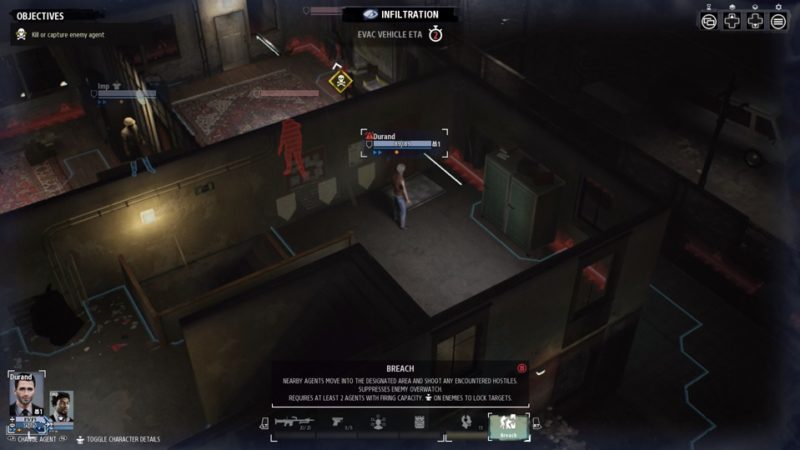
Once stealth is broken, all enemies on the map tend to go on alert and begin closing in on your agents. At this point, you want to have evacuation ready to go, which takes about three turns to arrive at a specific spot on the map. On paper, all of this, from infiltration to evac, makes for thoughtful gameplay with potential for entertaining tension. In practice, the gameplay is much more frustrating than it should be mostly due to technical problems, and a couple design choices.
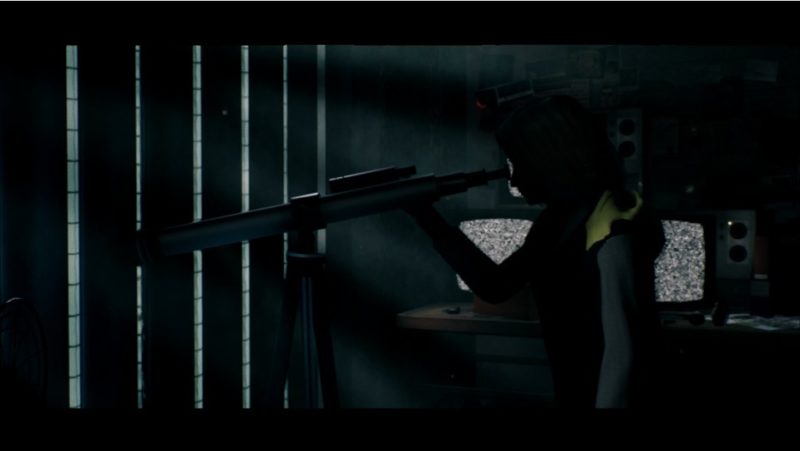
There are major glitches involving cutscenes and levels loading. The load times in general are terribly long on the Xbox One, taking upwards of a minute or two. Sometimes the graphical assets of a level don’t appear at all, leaving your agents to float around on a black screen, making the game unplayable. Saving and reloading sometimes fixes this problem, but this also requires sitting through another lengthy load time to find out whether it worked or not. Character animations lack smoothness and often appear jittery, a reflection perhaps of the game’s modest development budget, and are particularly unappealing in combination with the below-average graphics for NPCs who resemble mannequins more than human beings. Environments have somewhat limited colors that add a sense of blandness, but the dingy shadows, coupled with the somber film noir soundtrack almost offsets this with an attempt at moody atmosphere. The frame rate is poor and below 30 FPS most of the time. Making matters worse are the frequent moments of lag, even while simply surveying the mission map, that causes the game to hitch for a couple seconds at a time.
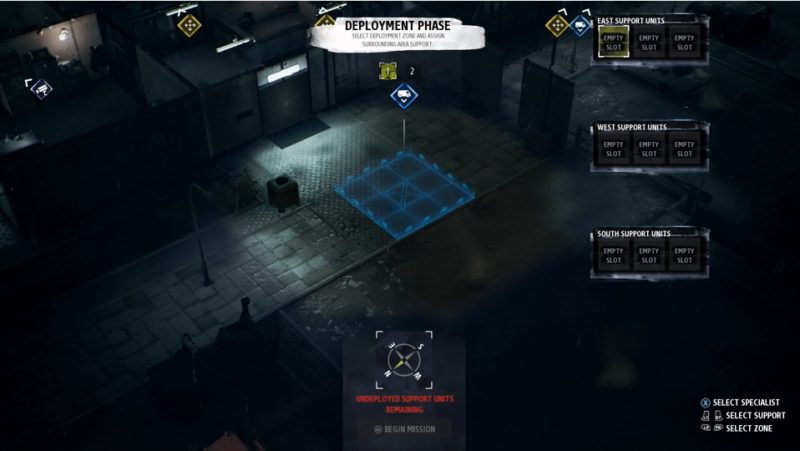
On the questionable design side of things, there is the aforementioned pointless minigame in the Analytics facility at the player’s base, and also a some mission-related oddities. Both involve how the stealth aspects of missions are handled in terms of gameplay and immersion. The first is a simple question: why aren’t weapon suppressors available to purchase or fabricate from the game’s outset? A game that so heavily emphasizes stealth and assassination but hides a major tool for avoiding noisy combat behind progressing through the main story long enough? Agents have almost no means of quietly eliminating foes without using a silencer outside of a physical takedown, which requires the target to be weaker than the agent. The intention of the developers seems to be to push players into at least a bit a forced combat, no matter what they do, most of the time, demanding escape from a map’s worth of enemy soldiers and their reinforcements, air strikes, etc. Alternately, the player tediously runs around the map, knocking out every weak soldier in isolation, hiding the bodies as they go to make the inevitable firefight less troublesome.
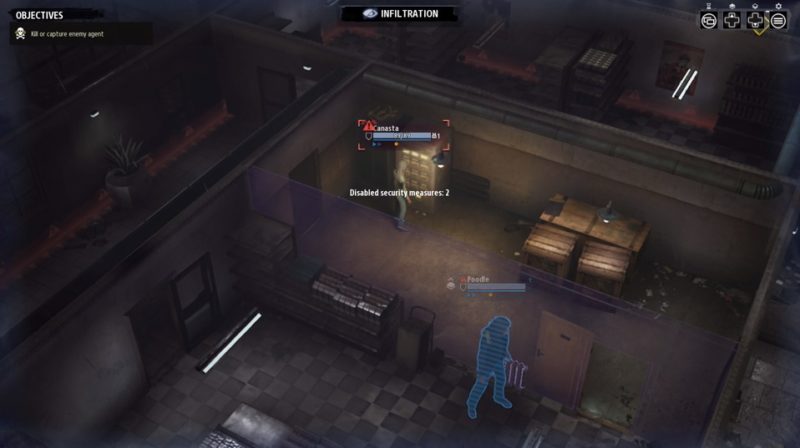
The current balance seems geared towards ensuring higher difficulty in the early phases of the game, but also feels a bit contrived for the sake of that challenge, given the game’s setting. Your spies can forge money and fabricate flashbang grenades immediately, but not suppressors. This would be less silly if the game didn’t further stretch its immersion to the breaking point by also making an agent leaping through a glass window a complete non-factor. It doesn’t matter whether your agents, enemies, or even civilians choose to path through windows, diving through them with gusto, nobody cares. It makes a lot of noise, but your infiltration is never compromised unless you jump into an off-limits area and are seen doing so. Jumping through a restaurant window is fine, though, and even socially acceptable given the number of enemies and civilians who will do just that.
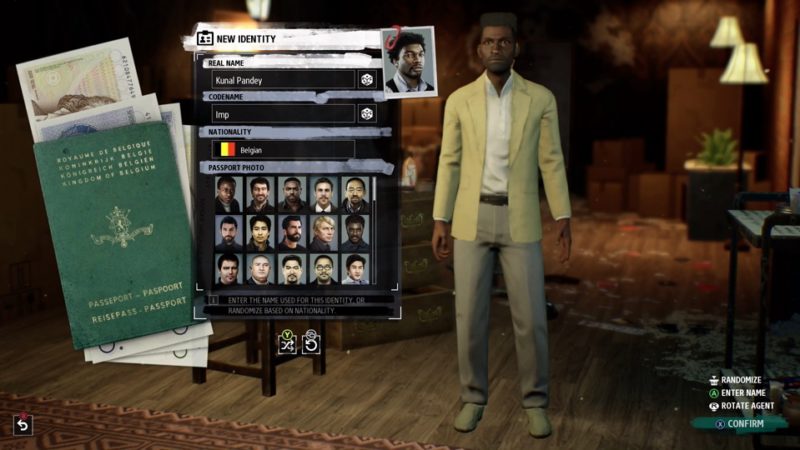
The quirky design choices in Phantom Doctrine don’t harm the underlying game too much, but the number of technical shortcomings cripples the experience. There’s a clever and promising game here that offers a fresh, modern take on turn-based strategy and tactics. It’s just a shame that the game is buried underneath a small mountain of frustrating glitches and optimization issues.
6.5/10
Here is the Phantom Doctrine Launch Trailer:
Phantom Doctrine is available for PlayStation 4, Xbox One, and PC via Steam.
Xbox One Review
-
Overall Score - 6.5/106.5/10
I've been gaming for 22 years, ever since my mom picked up a secondhand NES, and I've played on just about every gaming platform out there since. I think video games are one of most innovative and artistic mediums in the world today, and I'm always curious how developers will surprise me next.


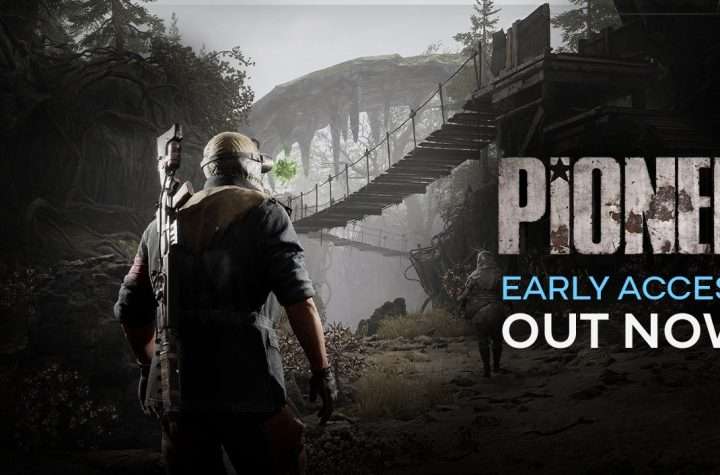
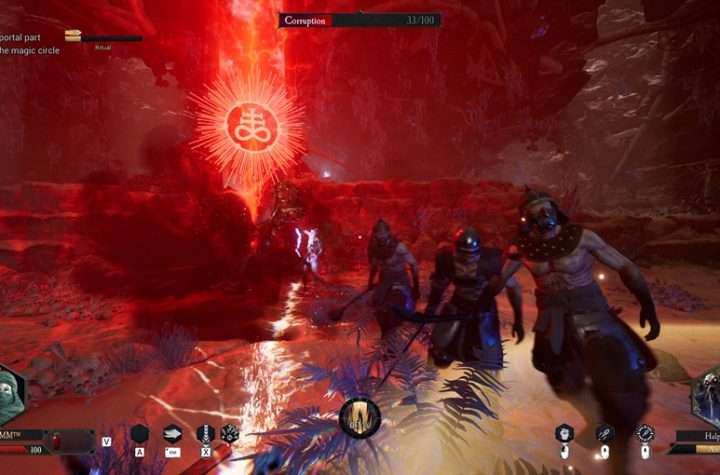

More Stories
DAIMON BLADES Preview for Steam Early Access
ReStory Preview for Steam
Firefighting Simulator: Ignite Releases Parker’s Story DLC for PC and Console